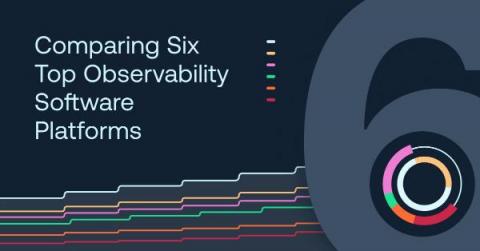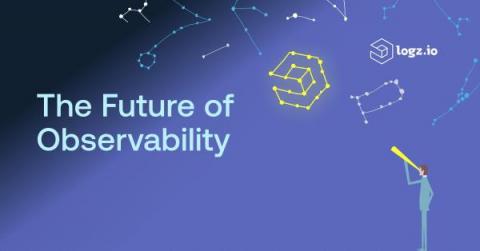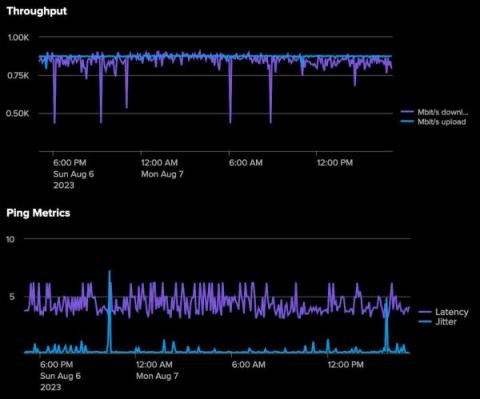Operations | Monitoring | ITSM | DevOps | Cloud
Logging
The latest News and Information on Log Management, Log Analytics and related technologies.
Everything You Need To Know About Log Viewers
Whatever the size of your network, as an engineer you will often notice a significant amount of log data being generated. This data will require centralizing for further analysis and management, which can be particularly challenging if you have varying log formats, such as plain text or HTML.
Coralogix vs Splunk: Support, Pricing and More
Splunk has become one of several players in the observability industry, offering a set of features and a specific focus on legacy and security use cases. That being said, how does Splunk compare to Coralogix as a complete full-stack observability solution? Let’s dive into the key differences between Coralogix vs Splunk, including customer support, pricing, cost optimization, and more.
Comparing Six Top Observability Software Platforms
When it comes to observability, your organization will have no shortage of options for tools and platforms. Between open source software and proprietary vendors, you should be able to find the right tools to fit your use case, budget and IT infrastructure. Observability should be cost-efficient, easy to implement and customers should be provided with the best support possible.
The Future of Observability: Navigating Challenges and Harnessing Opportunities
Observability solutions can easily and rapidly get complex — in terms of maintenance, time and budgetary constraints. But observability doesn’t have to be hard or expensive with the right solutions in place. The future of your observability can be a bright one.
Splunk and the Four Golden Signals
How we scaled Grafana Cloud Logs' memcached cluster to 50TB and improved reliability
Grafana Loki is an open source logs database built on object storage services in the cloud. These services are an essential component in enabling Loki to scale to tremendous levels. However, like all SaaS products, object storage services have their limits — and we started to crash into those limits in Grafana Cloud Logs, our SaaS offering of Grafana Loki.











